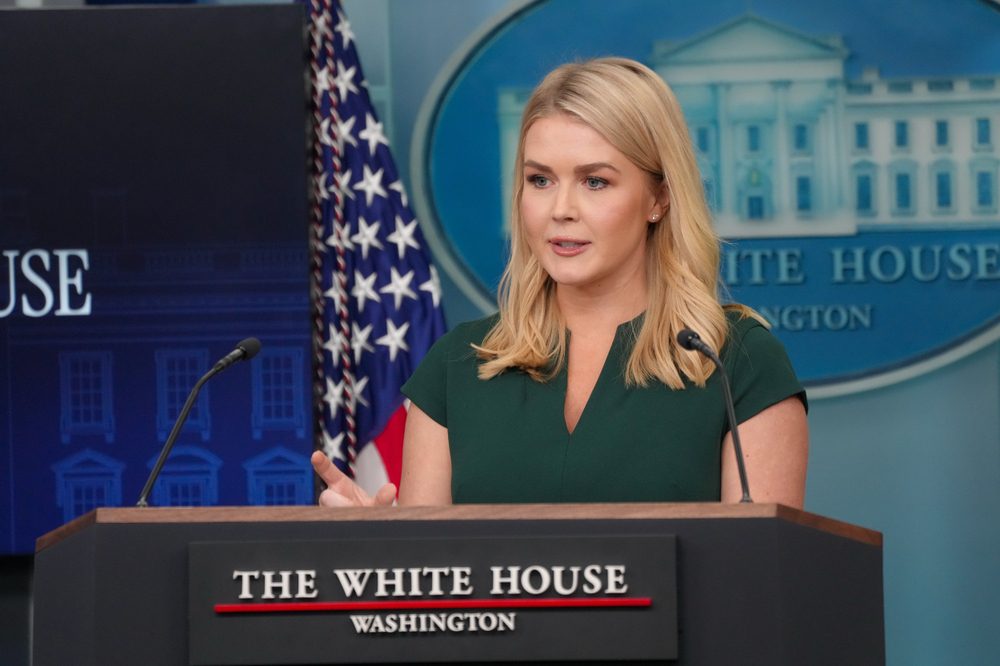Most of us don’t plan to scale Mount Everest or spend a month trekking through the barren ice covered North Pole. But for those who do, there’s Expedition News, a monthly e-newsletter covering expeditions, research projects and newsworthy adventures.
Jeff Blumenfeld, editor and publisher, founded this outdoor forum in October 1994. It is sent to media representatives, corporate sponsors, educators, research librarians, explorers, environmentalists and outdoor enthusiasts.
Readers are likely to find stories on an explorer who created a new world record for the fastest ascent of Mt. Kilimanjaro in Africa; the first attempt to sail for three years out of sight of land; the tale of an expedition to the bottom of the top of the world (the sea floor beneath the North Pole); and on a team of swimmers who will attempt to swim 827 miles around the country of Ireland.
Expedition News augments Blumenfeld’s public relations and marketing consulting business specializing in adventure marketing. He first had the idea 1984 when he was working with Dupont. That firm was getting sponsorship proposals from people who wanted to use Dupont products like sleeping bags and insulated parkas on expeditions.
Blumenfeld soon received more sponsorship proposals than he could meet through Dupont so he started summarizing the proposals and faxing them to other sponsors.
In no time, the fax grew into a full-fledged e-newsletter receiving mentions in CNNfn, Mens Journal, The New York Times, Outside Magazine, Time International and USA Today. The newsletter is also excerpted in the Explorers Journal, a quarterly publication of The Explorers Club.
Today, Expedition News is sent to 300 subscribers, 250 of whom receive the e-mail version. The other 50 get a printed version. But Blumenfeld estimates that the pass-along readership yields him approximately 10,000 readers per issue. This occurs when associations pass the newsletter to their members.
Subscribers include anyone interested in the latest news about exploration. They might be hooked up with the National Geographic Society, Outside Magazine, National Geographic Adventure Magazine or with WL Gore (makers of Gortex). Or, they might be linked with sporting goods manufacturers, the Royal Geographical Society and other media outlets.
“My subscribers are mixed bag of media armchair explorers and real-life explorers, Blumenfeld says.
Blumenfeld began with both hard copy and e-newsletter versions. “I was charging $36 for subscriptions and felt that subscribers would be more willing to pay for something they could hold,” he said. “I didn’t think I had a good shot of getting checks for e-mail since people get so much for free via e-mail.”
Today, Blumenfeld’s readership can choose whether to receive the e-mail or printed version of the newsletter. His e-mail subscribers get theirs on the first of a month. It is attached as a document inside a message, then Blumenfeld has the issue laid out and available as a PDF attachment to be sent in subsequent mailings to prospects interested in seeing the newsletter.
Lessons Learned
Eventually, Blumenfeld envisions eliminating the hard-copy version of his newsletter. “The hard copy is an expense I’m re-evaluating now,” he says. “But I’m hesitant to stop it just yet because it works well in getting renewals. I get a better return rate on subscribers when they know they can get a printed version.”
Blumenfeld grows his list by distributing free samples at adventure conferences, trade shows, and annual meetings/dinners for adventure enthusiasts. He also picks up subscribers at speaking engagements and excerpts from pieces that run in magazines and newspapers. He estimates circulation growth of about 5% a year. After the newsletter has been sent, excerpts are posted to his web site at www.expeditionnews.com. Interested visitors can receive access to the issue via a subscription.
Of his new subscribers, Blumenfeld estimates that approximately 80 percent wish to receive the material via e-mail. But come renewal time he sends printed renewal forms and hard-copies of the newsletter. “To get a renewal, I have to send them a hard copy because they want it in their hands,” he says. “It’s a psychological challenge. I have to give them something they can touch and feel.”
In fact, Blumenfeld cites his biggest challenge as getting people to subscribe and renew based on e-mail. “In a world where your in- box is inundated with free things how do you maintain the perception of value?” he asks.
Responding to his own question he says: “You have to be taken seriously and have stories and information that no one else has. You can’t give it away for free or post the whole story on your web site because you have to maintain the integrity of the subscription price. Then what happens is you develop a reputation. People seek you out to pitch stories and PR agencies seek you out to pitch their clients. Never let up on your integrity.”
One downside Blumenfeld sees from the e-newsletter is that there is no protection from pass along readership but he looks the other way for the greater good. “When it comes down to it, my main business is not the newsletter, it is my consulting services to companies interested in getting involved in adventure marketing,” he says. His wife calls the newsletter a “hobby,” and Blumenfeld admits that he doesn’t “cover his nut when considering the time he puts into the process.” But his personal satisfaction and new business make it worthwhile.
“It generates leads for my main business, selling consulting services to individuals and sponsors involved in expeditions, so for a business e-zine, I think it’s a great way to generate leads, one that’s not commercial,” he says. “And I wanted to cover the field of expeditions which I’m passionate about. I provide exposure for explorers who do amazing things.”



